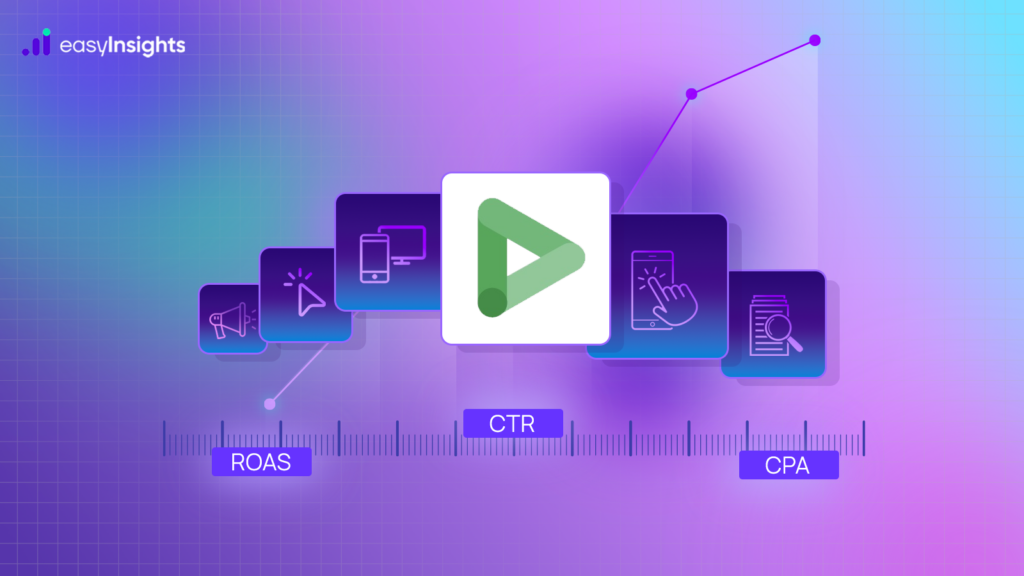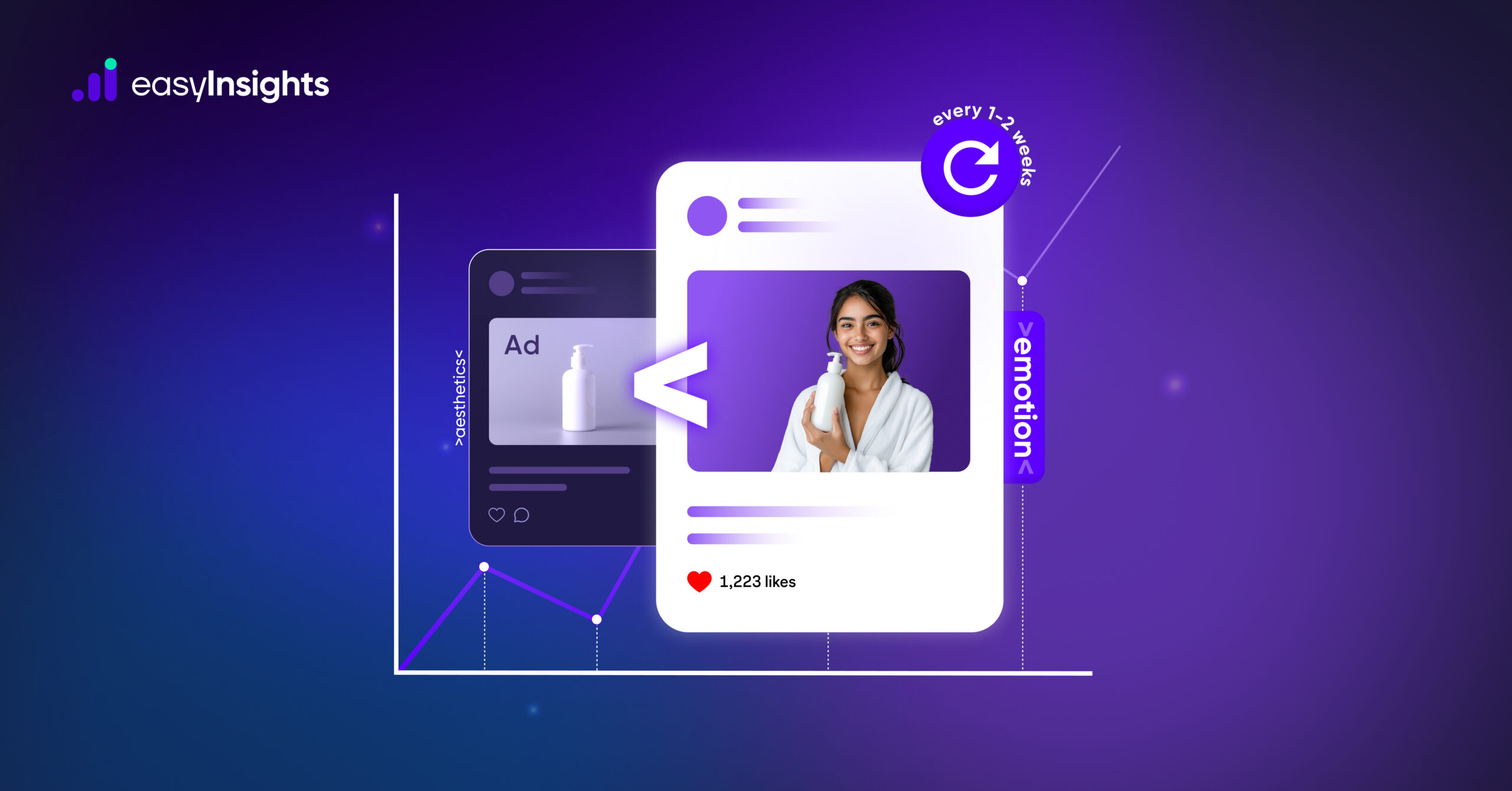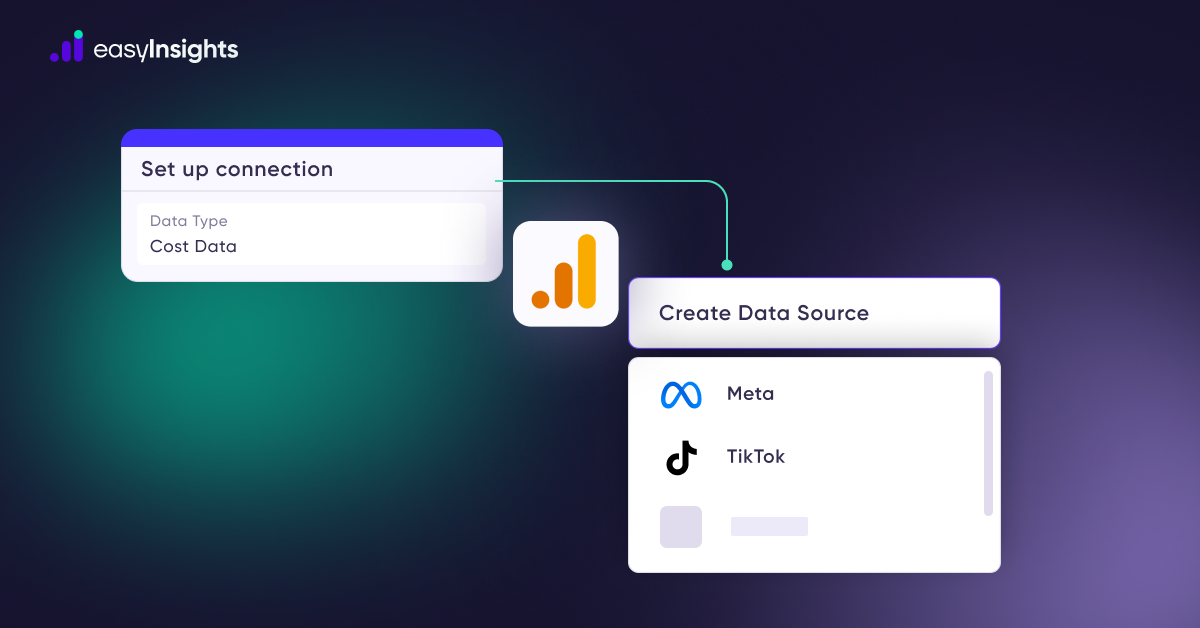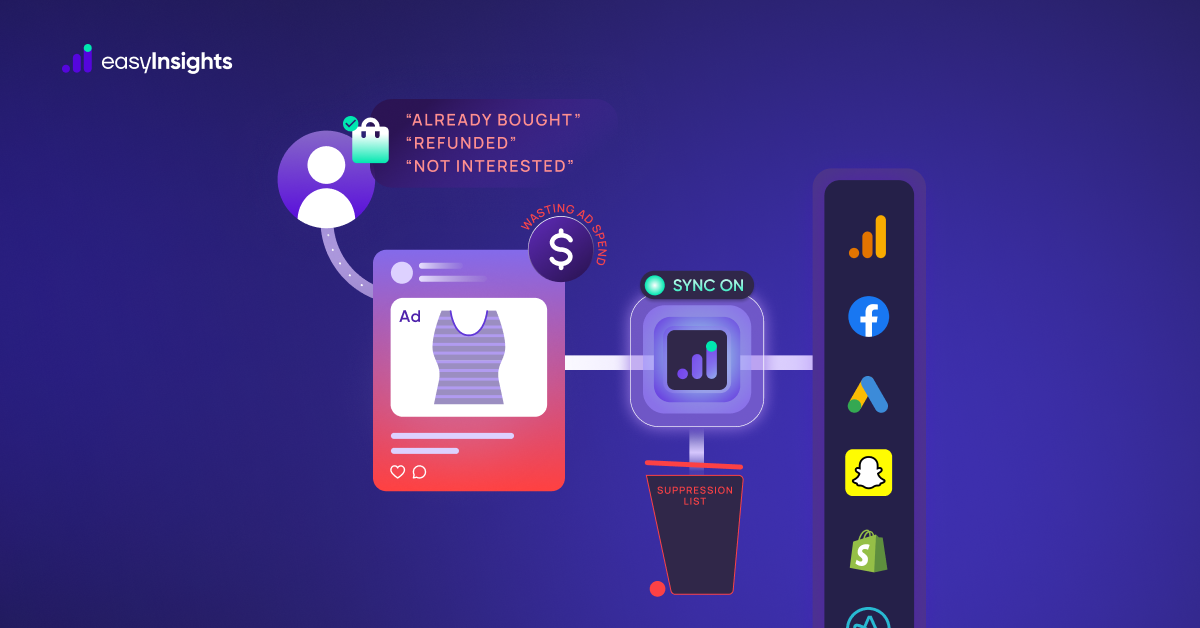
Imagine you’ve just opened a new cafe and start promoting it with DV360(Display & Video 360), Google’s programmatic advertising platform. Your ads run across websites, apps, and videos—but after a few weeks, you’re left wondering: are people actually visiting or ordering, or are you just spending ad budget with no clear outcome?
That’s why tracking performance in DV360 is essential. Running campaigns without measurement is like managing a cafe without checking sales—you have no idea what’s working.
DV360 helps advertisers reach the right audience with precision targeting and real-time reporting. But launching a campaign is only the beginning. To drive real results, you need to track the right metrics, analyze performance, and optimise continuously.
In this guide, we’ll show you how to measure DV360 campaign success, which metrics matter most, and how to turn insights into action.
Jump ahead to:
Key Metrics to Track in DV360 Campaigns
Here are the key metrics to track:
1. Impressions & Reach
Impressions refer to the total number of times your ad is shown, regardless of whether the same person sees it multiple times. Reach, on the other hand, is the number of unique users who saw your ad at least once.
Tracking impressions & reach in DV360 helps advertisers understand the following:
- Measure the scale and audience spread of your campaign.
- Help identify if the same users are seeing your ad too often (high impressions, low reach).
- Crucial for upper-funnel goals like brand awareness and visibility.
How to Use in DV360:
- Use impression vs. reach ratio to monitor average frequency per user.
- Evaluate if your campaign is scaling to new audiences or just repeatedly hitting the same pool.
- Make adjustments to your audience targeting or geo settings to expand reach if needed.
In DV360, tracking impressions is essential, but quality matters more than quantity. By using data-driven targeting, optimizing line items, and refining bid strategies, you can ensure your ads reach the right audience while maximizing performance.
2. Viewability Rate
Viewability Rate refers to the percentage of your served ads that were actually seen by users.
According to the Media Rating Council (MRC), to be considered “viewed”, an ad must meet the following standards:
- Display Ads: At least 50% of the ad must be visible for a minimum of 1 second.
- Video Ads: At least 50% of the ad must be visible for a minimum of 2 seconds.
How to Use in DV360:
- Use Active View metrics to monitor viewability across placements.
- Filter out low-performing inventory and allocate more budget to high-viewability sites or apps.
- Layer viewability as a targeting or optimization strategy—DV360 allows you to buy viewable impressions programmatically through pre-bid filters.
Imagine you’re running a DV360 video campaign with a viewability rate of only 35%. That means 65% of your impressions are not really being seen. By switching to high-viewability inventory or adjusting placements, you can potentially double your campaign impact without increasing your budget.
3. Click-through rate (CTR)
CTR is the ratio of clicks to impressions, and it measures how effective an ad is at prompting users to take action. It’s a key performance metric in digital advertising, showing the percentage of people who clicked on an ad after seeing it.
A high CTR suggests that the ad resonates well with the target audience and compels them to engage. A low CTR may indicate issues like poor targeting, ineffective creatives, or a lack of relevance to the audience
How to Use in DV360:
- Monitor CTR across formats (video, native, display) to see which channels perform best.
- Segment campaigns by targeting type (audience, geography, device) to find what drives higher CTRs.
- Test different creatives: headlines, visuals, CTAs. DV360 allows easy creative swapping to A/B test.
- Optimize placements: Identify sites or apps delivering low CTRs and shift budget to better-performing inventory.
4. Conversion Rate (CVR)
CVR shows the percentage of users who completed a desired action (conversion) after clicking your ad.
How to Use in DV360:
- Track Post-Click Events: Use floodlight tags or offline conversion imports to capture conversion data accurately.
- Break Down by Audience: Analyze which first-party or third-party segments yield higher CVRs.
- Optimize Creative + Landing Page Flow: If CTR is high but CVR is low, revisit the landing page experience to ensure it’s aligned with the ad message.
- Leverage Lookalike or Similar Audiences: Build new audience segments based on high-CVR users using DV360’s audience expansion tools.
5. Cost Per Acquisition (CPA)
CPA calculates the cost incurred to acquire a customer or achieve a conversion. It helps advertisers understand how much they are spending to turn a potential customer into a paying one or to achieve a specific action.
How to Use in DV360
- Integrate Offline Conversions: If you track offline events (like phone leads or in-store visits), import them to measure true CPA.
- Activate Target CPA Bidding: DV360 allows you to automate bidding based on a target CPA, helping optimize conversions within your budget.
- Segment by Device, Geo, or Audience: Use detailed reporting to understand where CPA is highest or lowest and adjust targeting accordingly.
- Test Creatives & Messaging: Different creatives might drive different CPAs; experiment and allocate more budget to those with lower acquisition costs.
6. Return on Ad Spend (ROAS)
ROAS measures the revenue generated for every dollar spent on advertising. It shows how effectively your ad spend is driving business revenue.
Why It Matters:
- Bottom-Line Metric: ROAS directly reflects profitability. It tells you whether your DV360 campaign is driving enough revenue to justify the spend.
- Optimizes Media Allocation: Campaigns or ad groups with higher ROAS can be prioritized for scaling, while underperformers can be paused or refined.
- Supports Business Goals: A high ROAS indicates effective alignment between media buying and revenue generation, crucial for e-commerce and performance-led brands.
- Evaluates Audience and Creative Performance: Different segments or creatives can deliver drastically different ROAS—this metric helps pinpoint what’s actually converting profitably.
How to Use in DV360
- Feed First-Party Revenue Data: Integrating CRM or ecommerce data can enrich ROAS measurement, especially for high-ticket or subscription products.
- Enable Floodlight Revenue Tracking: Ensure your Floodlight tags capture revenue data, not just conversion counts.
- Segment by Channel or Audience: Compare ROAS across audience types, inventory sources, or creatives to identify your top performers.
- Set Automated Bidding for ROAS: Use DV360’s custom bidding strategies that focus on maximizing conversion value rather than volume alone.
Both CPA and ROAS are critical metrics to gauge the profitability and efficiency of digital ad campaigns, helping marketers make data-driven decisions on how to optimize ad spend.
Also Read: DV360: The Future of Digital Marketing
Enhance your DV360 Campaigns: EasyInsights
EasyInsights.ai helps brands improve DV360 campaign performance by fixing the most critical part of modern advertising: accurate, first-party data. Here’s how EasyInsights support you:
First-Party Event Tracking with Pixel:
Once the EasyInsights pixel is installed on your website, it captures granular user actions such as form fills, button clicks, subscription starts, product views, and any other custom events relevant to your business. Built with privacy compliance in mind, this first-party setup ensures accurate tracking even in cookie-restricted environments.
Real-Time Data Flow into DV360:
Your tracked first-party data flows directly into DV360 and other ad platforms in real-time. No third-party middleware, no complex platform switching—just seamless, enriched data that empowers smarter targeting and reporting.
Custom Event & Targeting:
The enriched data sent to DV360 allows you to create custom conversion events and define high-intent audience segments. These can be used to optimize campaigns more effectively, ensuring your ads reach the people most likely to convert.
Offline & CRM Data Integration:
EasyInsights integrates high-value offline signals from your CRM into your ad platform via secure data transfer or offline conversion uploads—allowing you to attribute post-click actions like closed deals or completed sales, even weeks after the initial interaction. This unlocks full-funnel visibility in DV360 reporting, from first impression to final sale.
Improved Attribution & Optimization:
EasyInsights enables you to track performance using first click, last click, multi touch, and even omnichannel attribution models. You can follow the complete customer journey from the first impression to the final purchase and gain clear visibility into what is actually driving conversions.
This allows you to optimize campaigns based on meaningful actions rather than surface-level metrics like clicks or views.
Conclusion
Running successful DV360 campaigns isn’t just about setting them live—it’s about continuously measuring, analysing, and optimising based on the right data. From impressions and viewability to CPA and ROAS, every metric tells a part of the story. But without clean, reliable first-party data, those insights remain incomplete.
That’s where EasyInsights makes the difference. By bridging the gap between on-site actions, offline events, and your DV360 campaigns, it helps you unlock the full power of your data. With accurate attribution, real-time integration, and custom targeting, you can move beyond guesswork and make every advertising dollar count.
If you’re ready to improve campaign performance, drive better results, and finally see the full picture, EasyInsights is your starting point.
Book a demo with EasyInsights today








